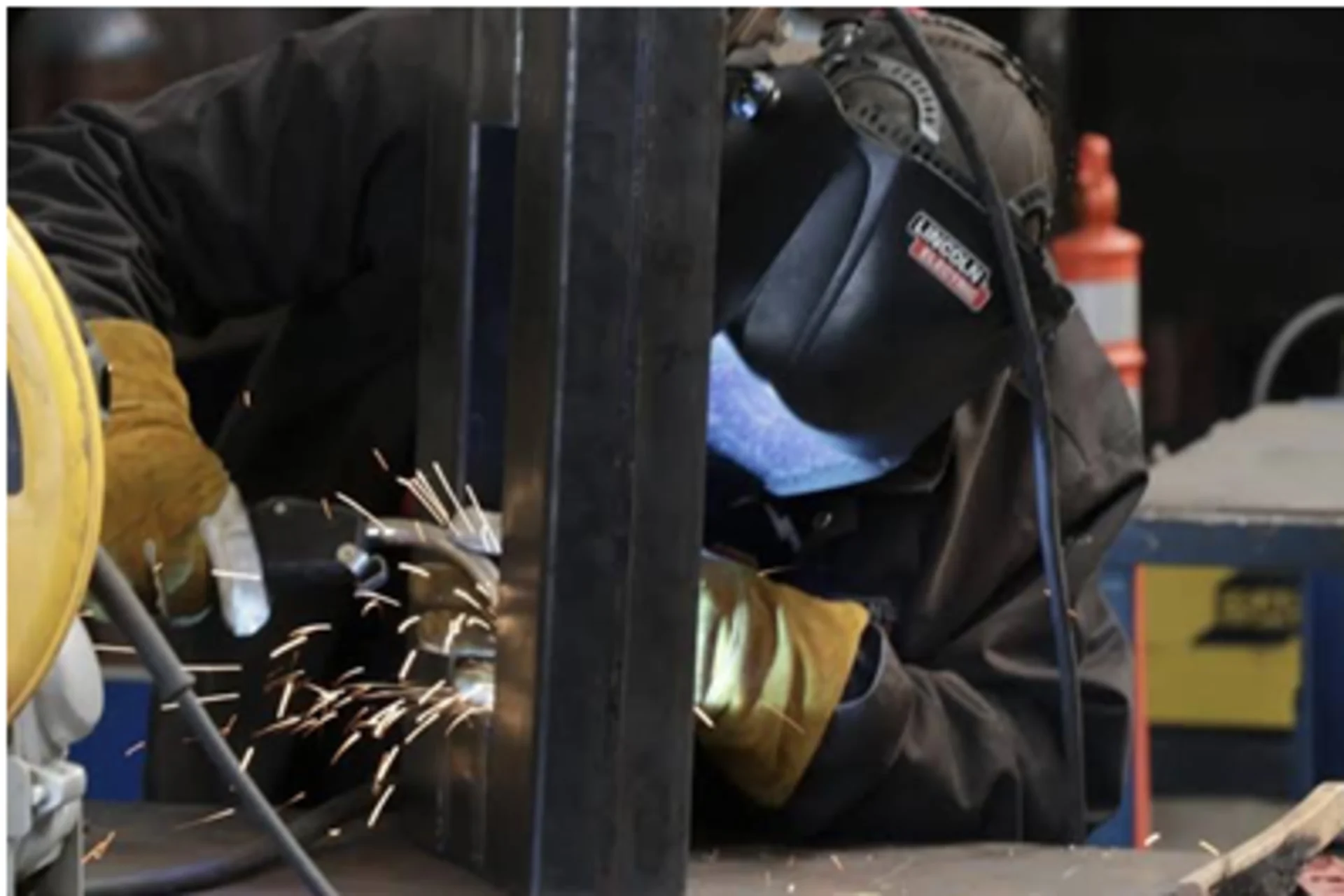In the realm of fabrication, today’s tasks are evolving rapidly, thanks to groundbreaking innovations in welding technology. Welding, once seen as a traditional skill, is now at the forefront of technological advancement, shaping the future of fabrication. Let’s explore how the innovations in welding technology are revolutionizing the industry and what it means for today’s tasks and beyond.
One critical advancement in welding is the integration of automation. Automated welding systems and various types of welding equipment equipped with artificial intelligence have become instrumental in enhancing efficiency and precision. These systems streamline today’s tasks by reducing the margin of error and increasing productivity. Welding robots, guided by sophisticated algorithms, navigate intricate welds with unparalleled accuracy, ensuring that each weld is executed flawlessly.
In the era of Industry 4.0, metal welding has embraced digitalization, marking a significant shift in today’s tasks. Innovative welding systems now leverage real-time data analytics to optimize the welding process. Welding parameters are monitored and adjusted dynamically, ensuring that the fabrication process is efficient and tailored to each project’s specific requirements. This data-driven approach enhances the quality of welds, making them more reliable and durable.
As technology progresses, ensuring the safety of welders has become a top priority. Innovations such as remote metal welding and virtual reality (VR) training programs are transforming the landscape of welding safety. Remote welding allows tasks to be performed in hazardous environments without exposing welders to unnecessary risks. Virtual reality training, on the other hand, provides a realistic simulation of welding scenarios, enabling welders to hone their skills in a safe and controlled environment.

Today’s tasks not only focus on efficiency but also on sustainability. Innovations in welding technology are addressing environmental concerns by introducing eco-friendly welding processes. The industry actively contributes to a greener future by using energy-efficient welding machines and developing sustainable materials. Welding processes that minimize waste and emissions are gaining traction, aligning with the global push towards environmentally conscious practices.
In the aerospace industry, precision is paramount. Innovations in welding have led to advanced welding techniques tailored explicitly for aerospace applications—today’s tasks in aerospace fabrication demand welds of unparalleled accuracy and structural integrity. Among the various types of welding, laser welding, and electron beam welding have emerged as key technologies, enabling the fabrication of lightweight and durable components crucial for space exploration and aviation.
Augmented reality (AR) waves transform how welders perceive and execute tasks in the welding industry. AR welding helmets with heads-up displays provide real-time information and guidance, enhancing welders’ accuracy and efficiency. This technology overlays crucial data onto the welder’s field of vision, offering insights such as welding parameters and joint specifications. Today’s tasks are performed with heightened precision, thanks to the integration of augmented reality in welding work.
Collaborative robots, or cobots, are redefining the dynamics of fabrication welding. Unlike traditional industrial robots, cobots are designed to work alongside human welders, augmenting their capabilities. This collaborative approach enhances productivity and flexibility in today’s tasks. Cobots excel in tasks that require a delicate touch or intricate maneuvers, allowing human welders to focus on complex aspects of the welding process while the cobots handle repetitive or physically demanding elements.
The fabrication welding landscape is undergoing a remarkable transformation through innovations in welding. Automation, digitalization, safety measures, sustainability, precision welding for specialized industries, augmented reality, and collaborative robots shape today’s tasks and welding learning.
As we embrace these advancements, the future of fabrication welding work looks promising, with increased efficiency, enhanced safety, and a commitment to sustainable practices. The evolution of welding is not just a technological leap; it’s a testament to the industry’s adaptability and commitment to pushing the boundaries of what can be achieved in the fabrication world.
Read More: